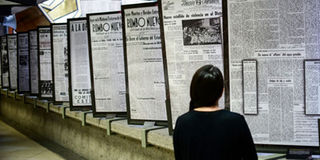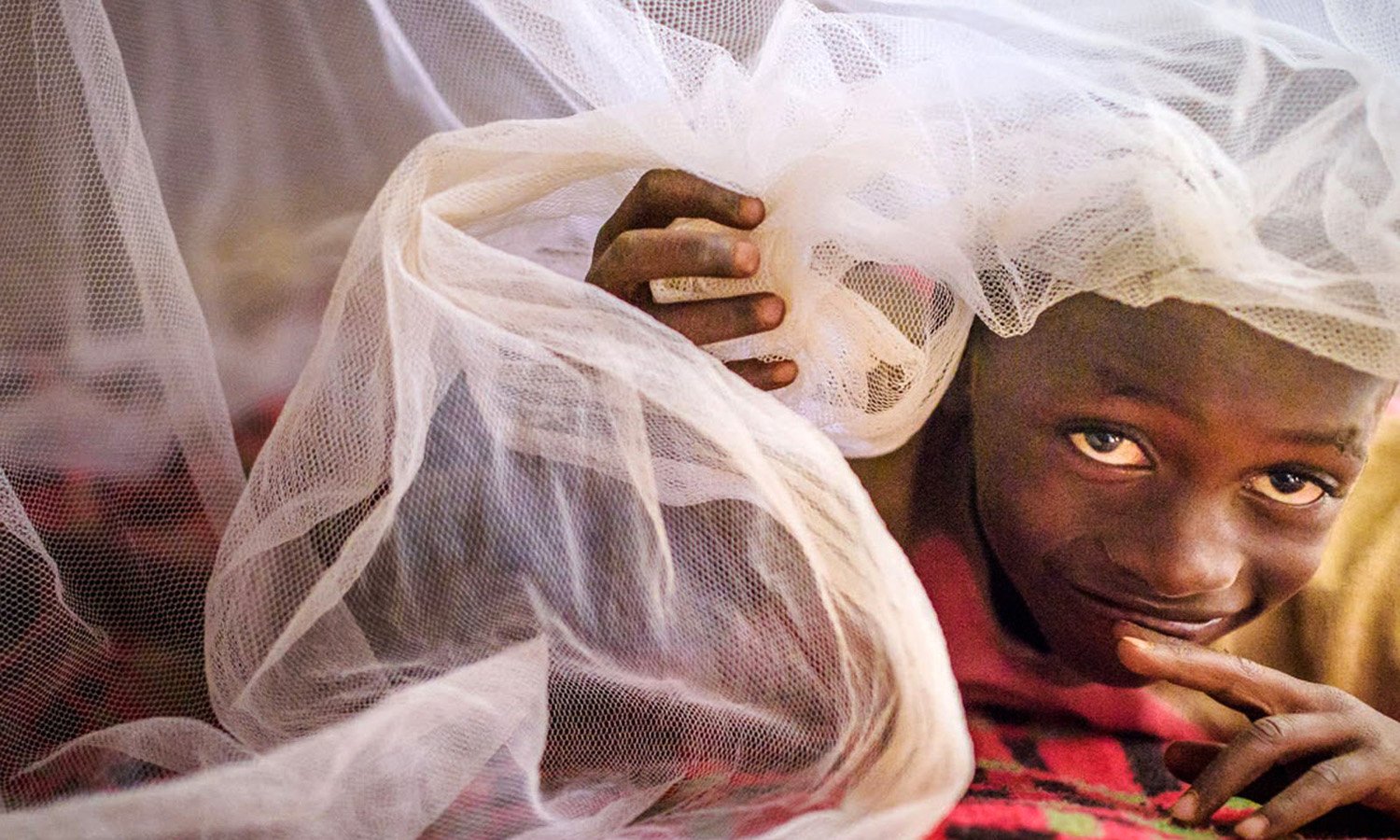Questions linger 50 years after Mexico student massacre

A Mexican student looks at the front page of a newspaper from the 1968 incident, which the government of the time claimed killed 20 people -- not the hundreds now believed to have died
What you need to know:
- Today, it remains unclear exactly what happened, and how many people were killed.
- Several different groups of government forces fired into the crowd, each acting on different orders and unaware what the others were doing, according to the historian Sergio Zermeno
Fifty years ago Tuesday, Mexican troops opened fire on student demonstrators, killing hundreds just days before Mexico City hosted the 1968 Olympics -- one of the darkest episodes in a year of global turbulence.
But five decades on, the October 2 massacre is little-remembered by the rest of the world, and is shrouded in mystery in Mexico, where no one has ever been punished.
Today, it remains unclear exactly what happened, and how many people were killed.
Felix Hernandez, one of the leaders of the student movement that had gathered thousands of people that night at a square in Mexico City's Tlatelolco neighborhood, recalls how the army just kept firing into the crowd for about half an hour.
"There were hundreds of dead, thousands of wounded, thousands arrested," said Hernandez, 72.
"We still don't know exactly how many people died," he told AFP, his eyes red, the anger palpable in his voice.
The authoritarian government at the time put the death toll at 20, claiming "terrorists" had fired on army troops, who responded in self-defense.
That version of events has today been discredited.
Independent reports say the firing came entirely from government forces, and put the death toll at anywhere from 300 to 500 people.
Olympics in troubled times
Just like in the United States and Europe, 1968 was a year of upheaval in Mexico, where student protesters were calling for democratic change after four decades of one-party rule.
The turmoil increasingly alarmed President Gustavo Diaz Ordaz and the ruling Institutional Revolutionary Party (PRI) as Mexico prepared to host the summer Olympics, the first time a Latin American country had been awarded the Games.
"The government was terrified the students would sabotage the Olympics, to such an extent that they were ready to eliminate the movement," said the writer Elena Poniatowska, author of an acclaimed book on the killing called "Massacre in Mexico."
On the morning of October 2, 10 days before the opening ceremony, the leaders of the student movement met with authorities and agreed to cancel a march later that day.
A second meeting was scheduled for the next day to discuss suspending the movement altogether until after the Olympics, in return for the release of political prisoners.
The student leaders did not call off a rally scheduled for that night in Tlatelolco, and informed the government of their plans, according to Hernandez.
About 8,000 protesters gathered at the Plaza of Three Cultures -- which is where student leaders were standing on an improvised stage addressing the crowd when the shooting started.
Official amnesia
Several different groups of government forces fired into the crowd, each acting on different orders and unaware what the others were doing, according to the historian Sergio Zermeno.
Regular army troops had orders to arrest the student leaders, with the help of a special unit that had infiltrated the protest movement.
The presidential guard, however, opened fire indiscriminately, aiming at both the army and the protesters, "to make the international press think the students were armed," said Zermeno.
About 50 snipers positioned around the square did the same, he said.
Fear and censorship kept witnesses and journalists silent for years -- to such an extent that it has proven difficult to reconstruct exactly what happened and why.
"When I asked to see my photographs, they told me government agents had seized them all. Five rolls of film," said Jesus Fonseca, a photojournalist whose images of the bloodbath never made it into his newspaper, El Universal.
His colleague Nidia Marin remembers accompanying grieving victims' relatives to the morgue the next day.
"There was a pregnant woman whose baby was sticking out from her belly," she said, her voice breaking.
The government -- today in the hands of the PRI once again -- has never explained the killing. Calls to declassify its archives on the event have gone unanswered.
The interior minister at the time, Luis Echeverria -- who went on to become president -- was charged with genocide over the massacre in 2006 and placed under house arrest.
Three years later the charges were dismissed.



